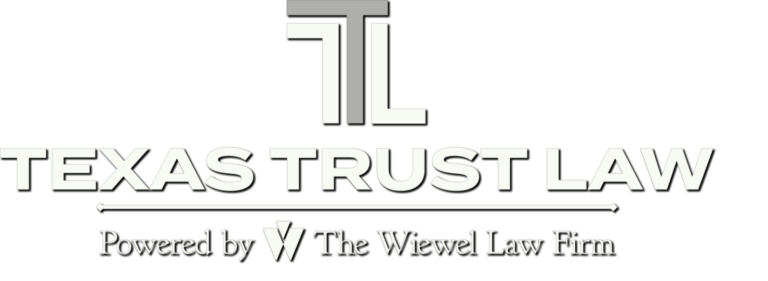
Unique Challenges to Estate Planning for Non-Citizens with U.S. Assets
There are unique challenges to estate planning for non-citizens with U.S. assets. Non-citizens’ estate planning isn’t something that all estate lawyers are ready to handle. However, avoiding an excess tax burden is important. However, the right help can drastically reduce your tax burden and increase what you leave behind to loved ones.
One of the most important factors to consider regarding estate planning for non-citizens is residency status. The U.S. estate tax laws apply differently to residents and non-residents. Guardian Life shares that U.S. citizens and residents are entitled to a significant estate tax exemption—currently set at $13,610,000 for 2024.
However, non-residents with U.S. assets face a much smaller exemption of just $60,000. This stark difference means that non-citizens may be subject to high estate taxes, potentially up to 40% on assets exceeding the $60,000 threshold.
Residency status is a critical element in determining estate tax obligations. The Internal Revenue Service (IRS) uses the concept of “domicile” to decide who qualifies for the higher exemption. A person is considered domiciled in the U.S. if they live there and intend to remain permanently. Non-citizens who do not meet these criteria are considered non-residents and are subject to the lower exemption.
For example, someone living in the U.S. on a non-resident visa might still be considered domiciled for estate tax purposes. This contrasts with income tax rules, which would still treat them as a non-resident.
There are several strategies that non-citizens can employ to minimize their U.S. estate tax obligations:
- Gifting Assets During Lifetime: One effective way to reduce estate taxes is by gifting assets while the donor is still alive. The IRS allows an annual exclusion for gifts up to $17,000 per recipient without any tax implications. This strategy can help decrease the value of the estate subject to tax upon death.
- Leveraging Estate Tax Treaties: The U.S. has estate tax treaties with several countries, providing more favorable exemptions for residents of those countries. These treaties can significantly reduce estate tax obligations for non-citizens, making it crucial to understand which countries have such agreements with the U.S.
- Utilizing Life Insurance: Life insurance can be a powerful tool in estate planning for non-citizens. Life insurance payouts are generally exempt from U.S. estate taxes, making them an attractive option for providing liquidity to cover any potential estate taxes without selling off other assets.
Given the complexities of U.S. estate taxes for non-citizens, seeking advice from experienced estate planning professionals who understand U.S. tax law and international estate planning is crucial. This includes not only tax attorneys but also financial advisors who are familiar with cross-border tax issues. A well-crafted estate plan can ensure that your assets are protected, and your family’s financial future is secure.
There are unique challenges to estate planning for non-citizens with U.S. assets. If you’re a non-citizen with U.S. assets, the tax implications can be significant. However, with the right planning, they don’t have to be. If you would like to learn more about planning for non-citizens with US assets, please visit our previous posts.
Reference: Guardian Life (Aug. 28, 2024) “US estate tax strategies for noncitizens and nonresidents with US assets”
Photo by Ajay Donga














